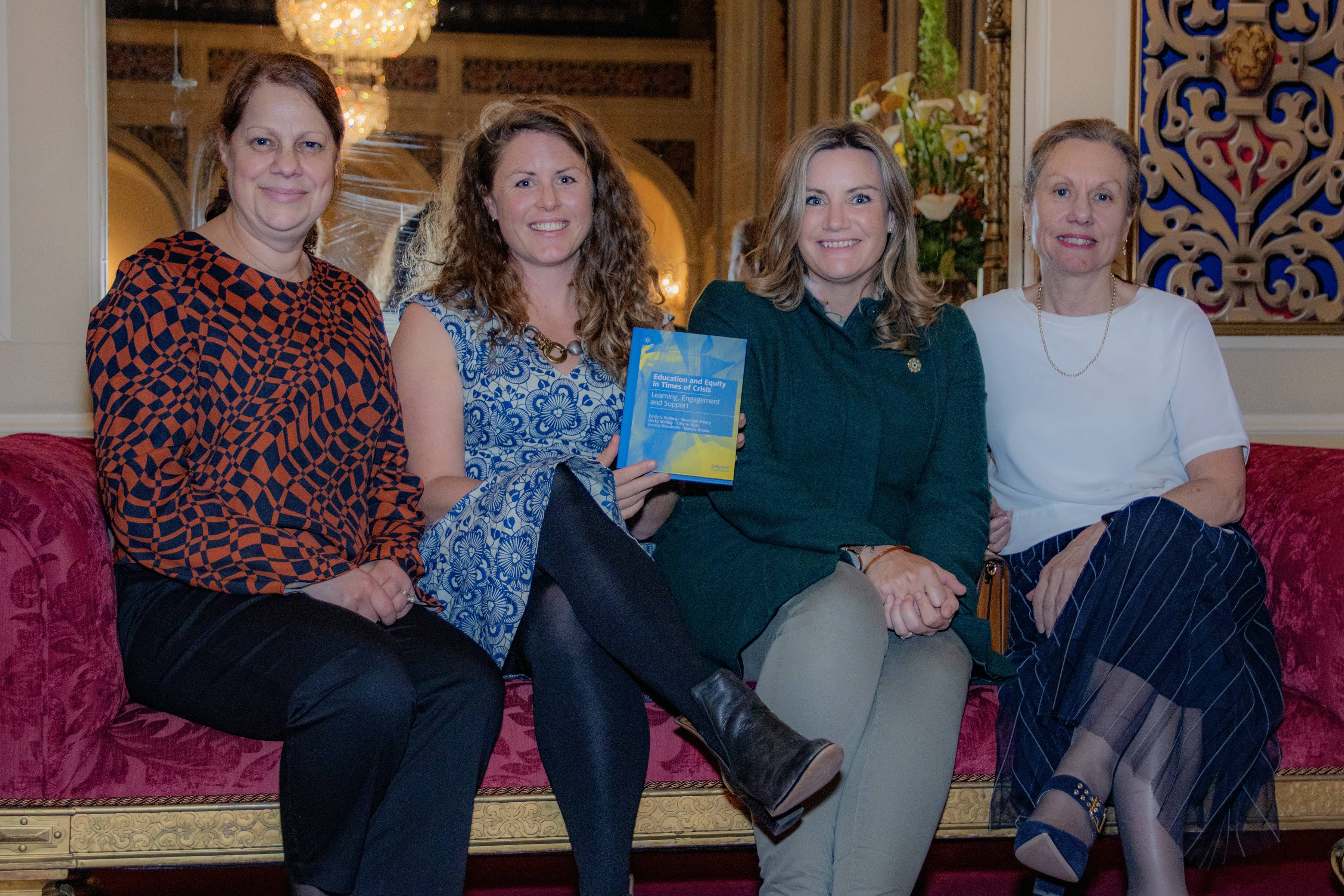Most of us remember where we were at different points in the timeline of COVID-19 lockdowns. One such moment was Monday 30 March 2020, when Tasmanian schools were closed without anyone knowing when they might re-open.
Even if you weren’t attending school at that time, all of us knew someone who was affected: an educator scrambling to move to online teaching; a student learning from the kitchen table; a parent desperately trying to remember fractions while organising a Zoom work call as the world shifted around us all.
Globally, 1.6 billion students were impacted with schools closed in more than 190 countries.
Learning from home was emblematic of COVID-19, to reduce the risk of disease transmission. But, despite being least likely to get seriously ill, children and young people were some of the most adversely affected due to school lockdowns.
This is the focus of a new book by the Peter Underwood Centre titled Education and Equity in Times of Crisis.

Written by Dr Emily Rudling, Dr Sherridan Emery, Dr Becky Shelley, Professor Kitty te Riele, Dr Jessica Woodroffe and Professor Natalie Brown, the publication was launched last month by Her Excellency the Honourable Barbara Baker AC, Governor of Tasmania, at Government House.
Her Excellency told the audience that she had recently utilised the book with visitors to Government House for school food programs. Another attendee shared that it has supported their work with local government areas around safety and youth disengagement.
In a speech at the launch, lead author Dr Rudling reflected that home is not a safe learning environment for all students and that learning requires more than just the provision of curriculum materials.
“It is a sobering thought that, in Australia, many students rely on schools for access to healthcare and nutritious food – two preconditions of learning,” Dr Rudling said.
While history teaches us that disaster management plans understandably focus on response and recovery, this book presents a case for also prioritising educational equity in a way that puts the learner at the centre.
It invites us to radically reconsider what educational equity means, both in times of normality (if that exists) and of disaster.
Parts of this article have been reproduced from a speech given by Dr Emily Rudling at Government House. The book was launched alongside two other publications by University colleagues: Behavioural Business: The Psychology of Decisions in Economy, Business and Policy Contexts edited by Dr Janneke Blijlevens, Dr Meg Elkins, and Dr Ananta Neelim, and The Routledge Companion to Radio and Podcast Studies edited by Dr Mia Lindgren and Associate Professor Jason Loviglio.
Purchase 'Education and Equity in Times of Crisis' here.


